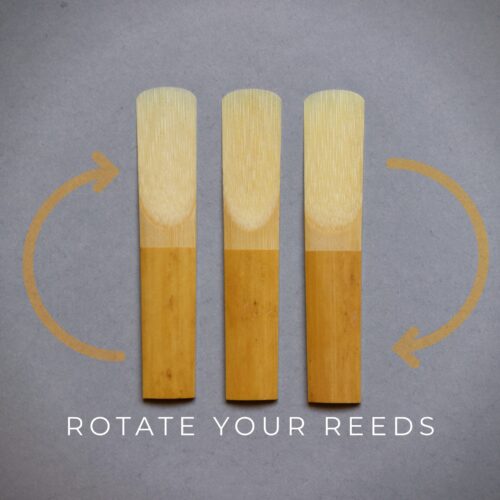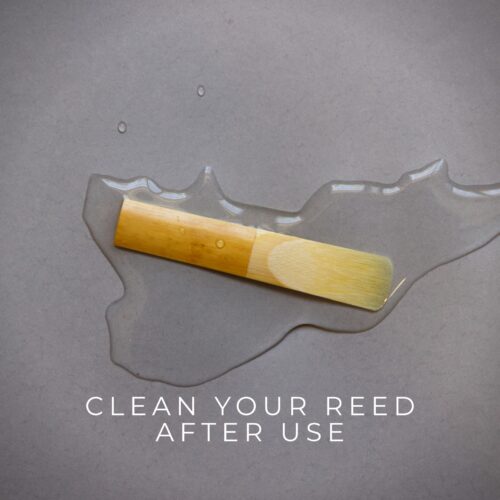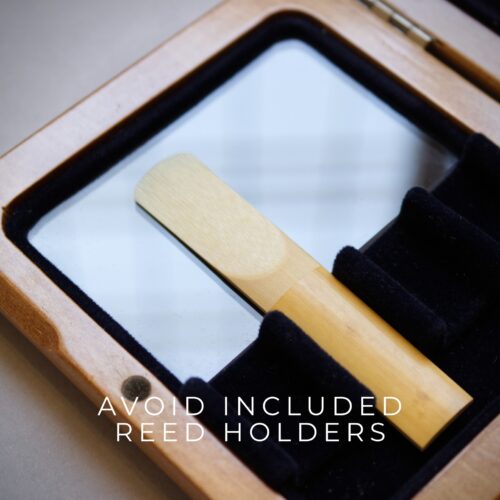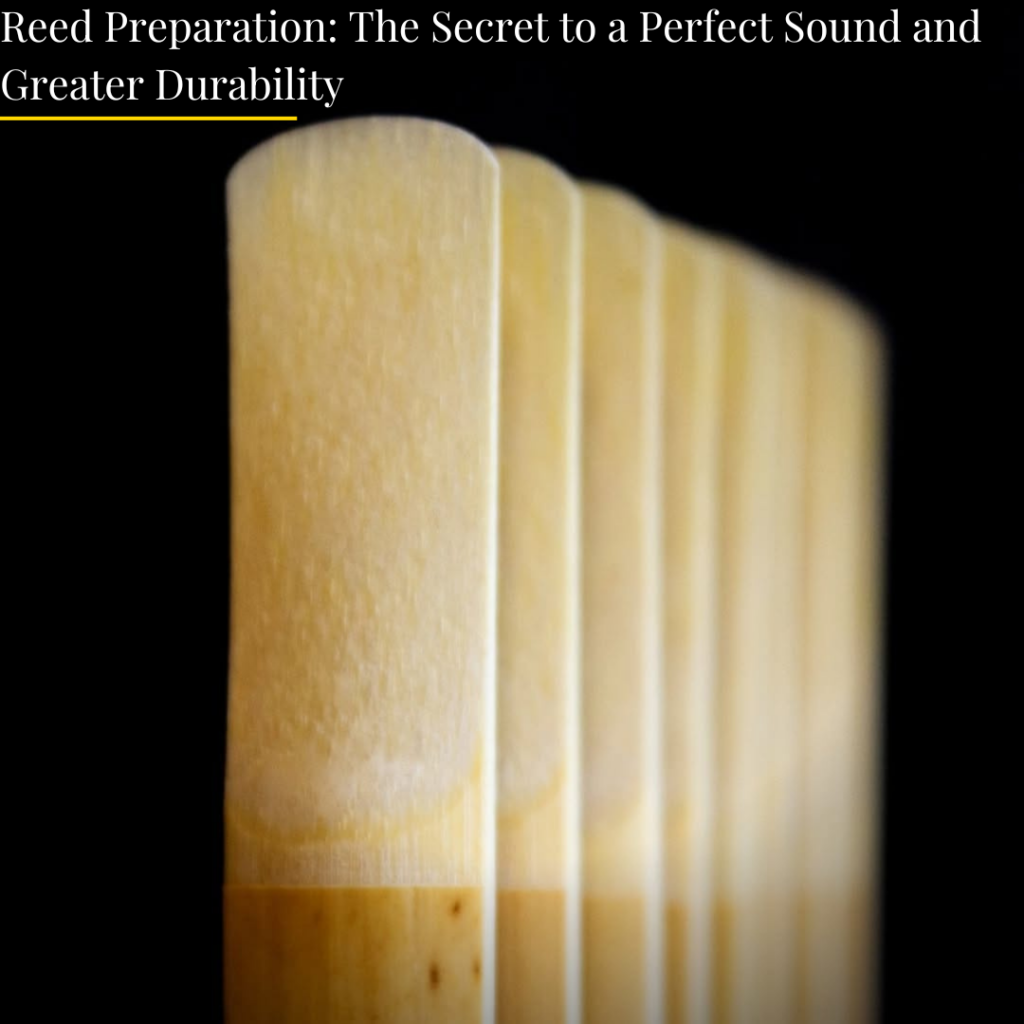07/01/2025
Reed Preparation: The Secret to a Perfect Sound and Greater Durability
After more than 40 years of dedication to the creation and continuous improvement of music reeds, and with a deep connection to artists worldwide, Gonzalez Reeds has perfected techniques that not only optimize the use of the reed but also maximize its durability and performance.
One of the most common mistakes is playing with the same reed for an extended period and getting use to its hardness. As the reed is used, it loses stiffness and becomes softer, which can make the musician accustomed to more flexibility. When replaced with a new reed, it may feel harder than expected. To avoid this issue, it’s important for musicians to have at least 5 to 10reeds in rotation. In this blog, we will share how to prepare these reeds and how to gradually incorporate new ones as the old ones wear out.
The technique we have experimented with, which has proven highly effective worldwide, is as follows: when a musician buys a box of reeds (five or ten units), they should try each one and catalogue them based on the impression they give. This is because, within a single box, not all reeds are the same; some are better than others.
The process to prepare the reeds is as follows: first, each reed should be lightly moistened with water and saliva for a short period of time. Then, immediately, it should be gently rubbed. On the flat side of the reed, against a cardboard that sheds cellulose, the musician should rub it gently with three fingers, applying light pressure to allow the reed to absorb the cellulose from the cardboard. Afterward, the musician should run their hand over the flat side and rub it
again to transfer the oils from the hand to the reed.
This same process should be repeated on the scraped side, being especially careful to cover all the pores. To do this, the musician should place their finger on different areas of the flat side to ensure the scraped part comes into contact with the cardboard. This procedure should be done several times, and it’s recommended to play the reed each time it is repeated. It is suggested to perform this process five or six times to waterproof the reed and make it ready
for playing.
It is essential that the musician does not use the same reed throughout the entire session. Instead, they should rotate it with other reeds that are already prepared. This method allows the reeds to last much longer and perform better in the long run.




